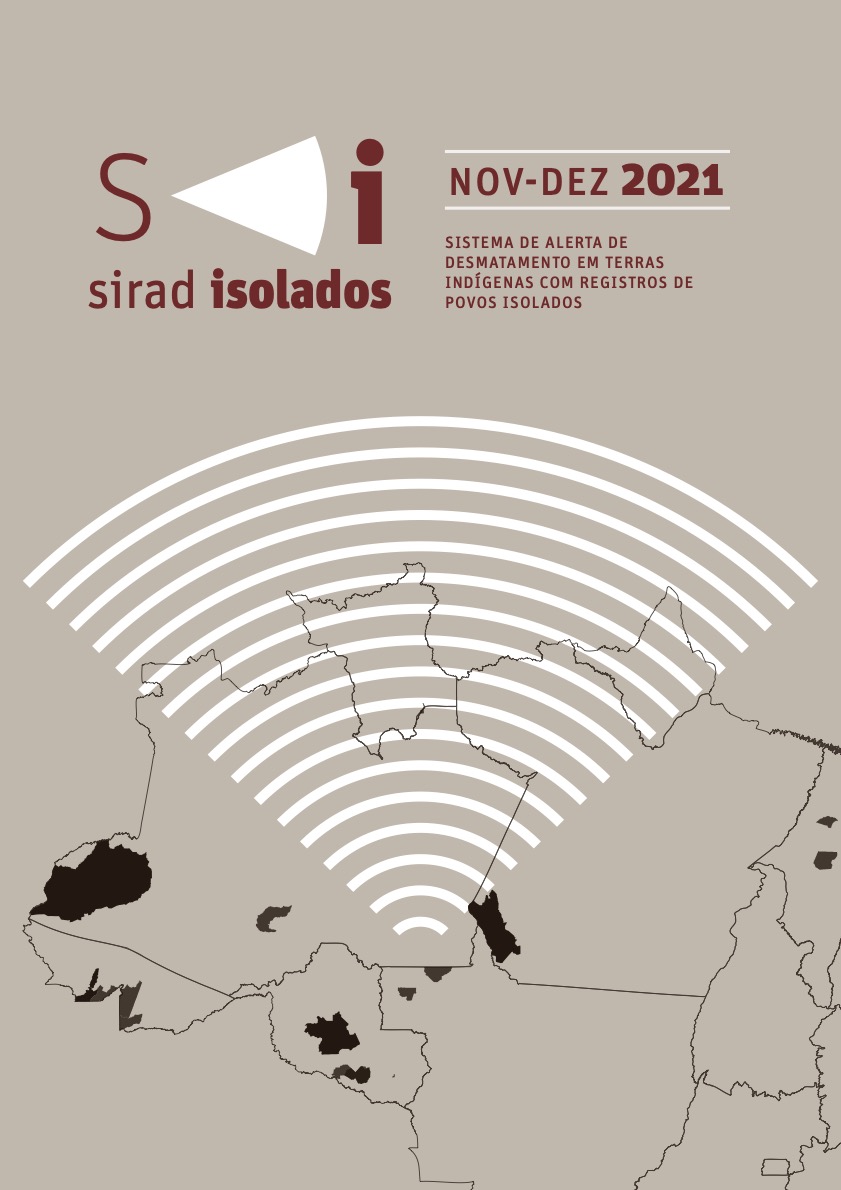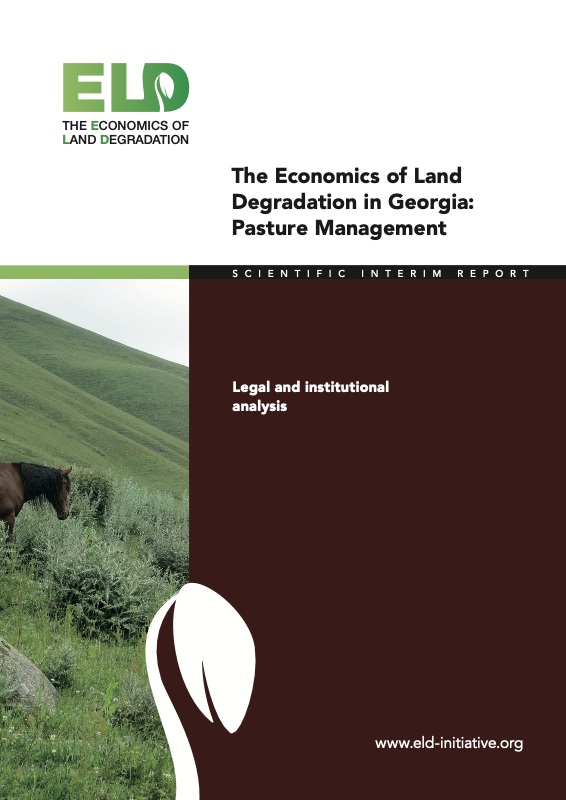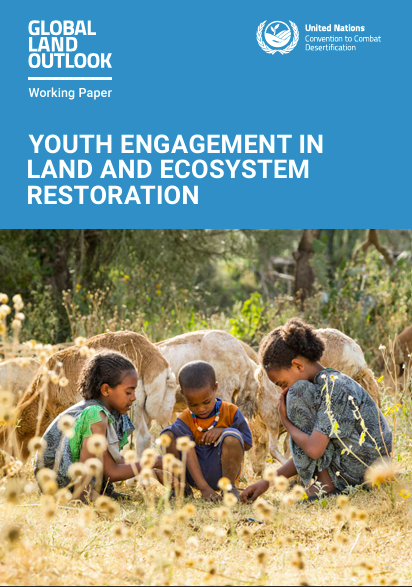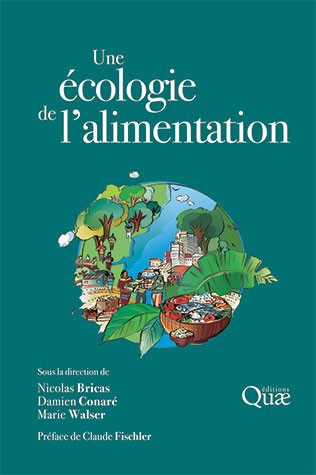Genomic analysis of resistance to fall armyworm (Spodoptera frugiperda) in CIMMYT maize lines
The recent invasion, rapid spread, and widescale destruction of the maize crop by the fall armyworm (FAW; Spodoptera frugiperda (J.E. Smith)) is likely to worsen the food insecurity situation in Africa. In the present study, a set of 424 maize lines were screened for their responses to FAW under artificial infestation to dissect the genetic basis of resistance. All lines were evaluated for two seasons under screen houses and genotyped with the DArTseq platform.







